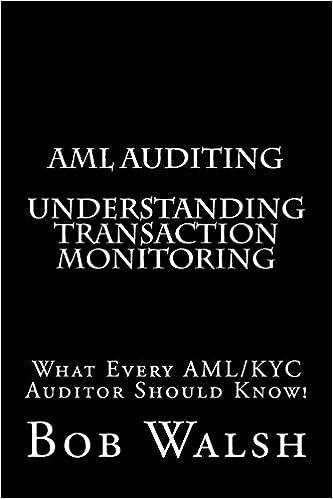Question
Crenshaw Company makes 15,000 units per year of a part it uses in the products it manufactures. The unit product cost of this part is
Crenshaw Company makes 15,000 units per year of a part it uses in the products it manufactures. The unit product cost of this part is computed as follows:
| Direct materials | $ | 13.70 |
| Direct labor | 21.30 | |
| Variable manufacturing overhead | 3.50 | |
| Fixed manufacturing overhead | 11.40 | |
| Unit product cost | $ | 49.90 |
| An outside supplier has offered to sell the company all of these parts it needs for $42.80 a unit. If the company accepts this offer, the facilities now being used to make the part could be used to make more units of a product that is in high demand. The additional contribution margin on this other product would be $28,500 per year. |
| If the part were purchased from the outside supplier, all of the direct labor cost of the part would be avoided. However, $5.90 of the fixed manufacturing overhead cost being applied to the part would continue even if the part were purchased from the outside supplier. This fixed manufacturing overhead cost would be applied to the company's remaining products. |
| Required: | |
| a. | How much of the unit product cost of $49.90 is relevant in the decision of whether to make or buy the part? (Round your answer to 2 decimal places. Omit the "$" sign in your response.) |
| Relevant cost per unit | $ |
| b. | What is the net total dollar advantage (disadvantage) of purchasing the part rather than making it? (Input the amount as a positive value. Omit the "$" sign in your response.) |
| Net |
| $ |
Step by Step Solution
There are 3 Steps involved in it
Step: 1

Get Instant Access to Expert-Tailored Solutions
See step-by-step solutions with expert insights and AI powered tools for academic success
Step: 2

Step: 3

Ace Your Homework with AI
Get the answers you need in no time with our AI-driven, step-by-step assistance
Get Started


